Cutting WPC Decking: Tips for a Perfect Finish
Cutting WPC Decking: Tips for a Perfect Finish WPC (Wood-Plastic Composite) decking has become increasingly popular for homeowners and builders alike due to its durability, low maintenance, and aesthetic appeal. While WPC decking offers many advantages, achieving a perfect finish during the installation process is crucial for maximizing its benefits. In this guide, we will…
Cutting WPC Decking: Tips for a Perfect Finish
WPC (Wood-Plastic Composite) decking has become increasingly popular for homeowners and builders alike due to its durability, low maintenance, and aesthetic appeal. While WPC decking offers many advantages, achieving a perfect finish during the installation process is crucial for maximizing its benefits. In this guide, we will explore essential tips for cutting WPC decking to ensure a flawless finish that will stand the test of time.
Understanding WPC Decking
Before diving into the cutting process, it is essential to understand what WPC decking is and why it is favored in outdoor applications. WPC is a composite material made from a mixture of wood fibers and plastic. This combination provides the aesthetic appeal of natural wood while offering the resilience and weather resistance of plastic. WPC decking is often used in outdoor spaces such as patios, decks, and walkways, providing a comfortable and visually pleasing environment.
One of the main advantages of WPC decking is its maintenance-free nature in the later stages. Unlike traditional wood decking, which requires regular staining, sealing, and cleaning, WPC decking is resistant to fading, rot, and insect damage. This low-maintenance feature makes it an appealing choice for homeowners seeking to enjoy their outdoor spaces without the continuous upkeep.
Choosing the Right Tools
To achieve a perfect finish when cutting WPC decking, selecting the right tools is critical. The most common tools for cutting WPC decking include circular saws, miter saws, and jigsaws. Each tool has its advantages, but a circular saw is often the preferred choice for larger cuts due to its power and efficiency. When using a circular saw, make sure it has a fine-tooth blade specifically designed for composite materials. This type of blade will minimize chipping and splintering, ensuring a smooth edge.
If you are making angled cuts or intricate designs, a miter saw can be a more suitable option. A jigsaw can be used for curved cuts, but be cautious, as it may require additional sanding to achieve a clean finish. Whichever tool you choose, ensure that it is in good condition and sharp to facilitate a smooth cutting process.
Preparing the Workspace
A clean and organized workspace is vital for achieving a perfect finish when cutting WPC decking. Before starting, ensure that your working area is clear of debris, and have all your tools and materials readily accessible. Lay the decking boards on a stable surface, preferably elevated off the ground to allow for easier cutting and maneuverability.
When cutting WPC decking, it is essential to secure the boards properly to prevent movement during the cutting process. Use clamps or a workbench to hold the boards in place, ensuring they do not shift or vibrate while being cut. This step is particularly important for achieving accurate cuts and preventing injuries.
Measuring and Marking
Accurate measurements are crucial for a perfect finish. Before making any cuts, take precise measurements of the area where the decking will be installed and mark the lengths needed on the boards. Use a straight edge or a carpenter’s square to ensure your lines are straight and true. Double-check your measurements before cutting, as mistakes can lead to wasted materials and additional labor.
When marking the boards, use a pencil or chalk to create visible lines. Avoid using permanent markers, as they can be difficult to remove from the finished surface. Taking the time to measure and mark accurately will pay off in the long run, as it significantly reduces the chances of making errors during the cutting process.
Cutting Techniques
Once your workspace is prepared, and your measurements are marked, it’s time to cut the WPC decking. When cutting, maintain a steady pace and allow the saw to do the work. Applying too much pressure can lead to uneven cuts or damage to the material. Instead, focus on guiding the saw along the marked line while maintaining control.
As you cut, be mindful of the direction of the saw blade. Cutting from the top down is generally recommended, as this reduces the chances of chipping. If you notice any splintering or rough edges after the cut, you can smooth them out with sandpaper or a sanding block.
Post-Cutting Finishing Touches
After cutting your WPC decking, take a moment to inspect the edges. Smooth out any rough spots or splinters with fine-grit sandpaper. This step is crucial for ensuring a polished appearance and preventing any potential injuries from sharp edges.
If you are installing the decking in an area exposed to moisture, consider applying a sealant to the cut edges. While WPC decking is resistant to water damage, sealing the cut edges can provide an extra layer of protection against moisture infiltration, further extending the lifespan of your decking.
Conclusion
Cutting WPC decking may seem like a straightforward task, but attention to detail is necessary for achieving a perfect finish. By choosing the right tools, preparing your workspace, measuring accurately, employing proper cutting techniques, and finishing with care, you can ensure that your WPC decking installation not only looks great but also performs well over time.
The maintenance-free nature of WPC decking in its later stages allows homeowners to enjoy their outdoor spaces without the burden of regular upkeep. With the right approach to cutting and installation, you can create a beautiful and durable deck that will enhance your outdoor living experience for years to come.


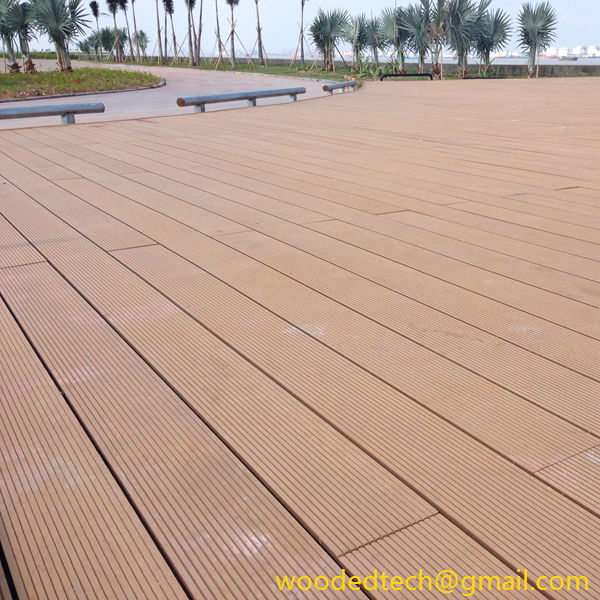
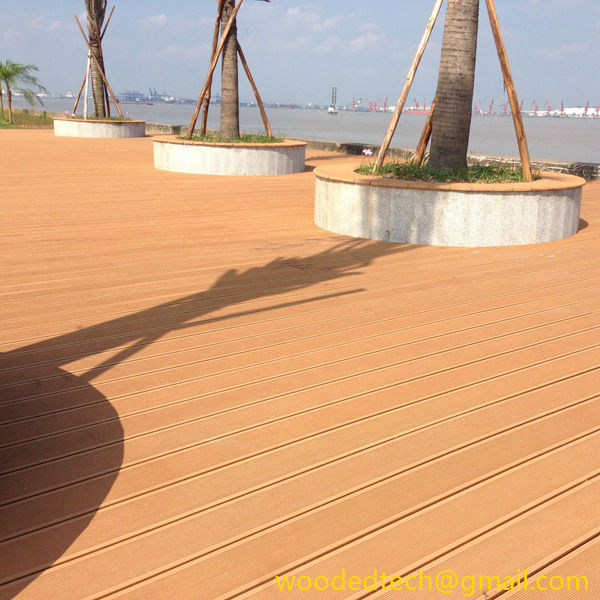

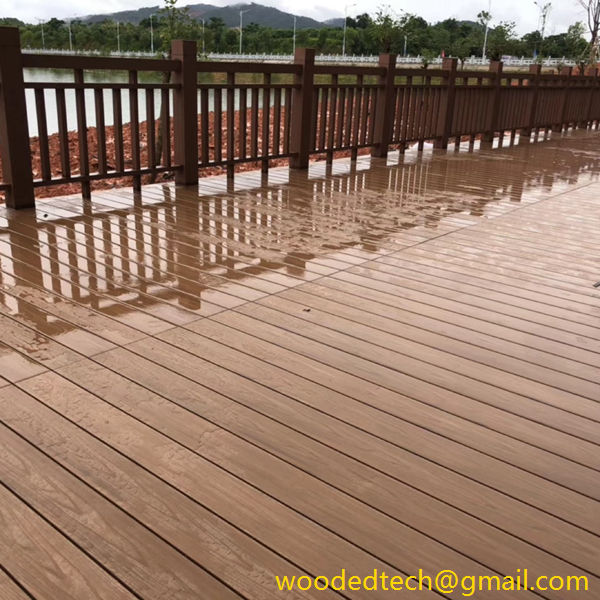
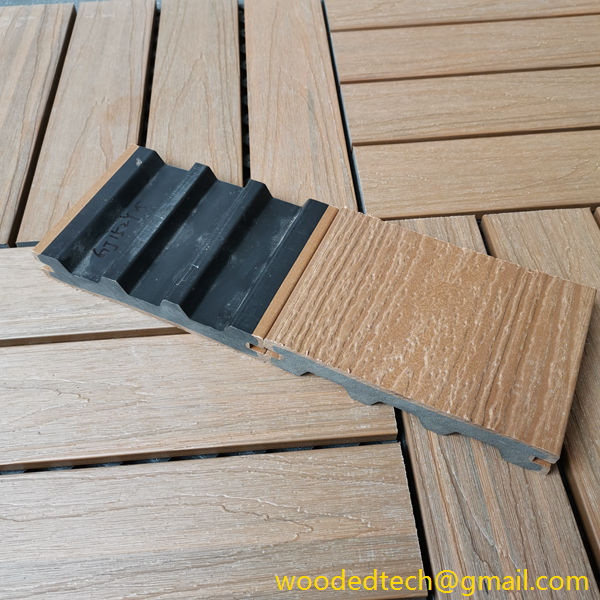

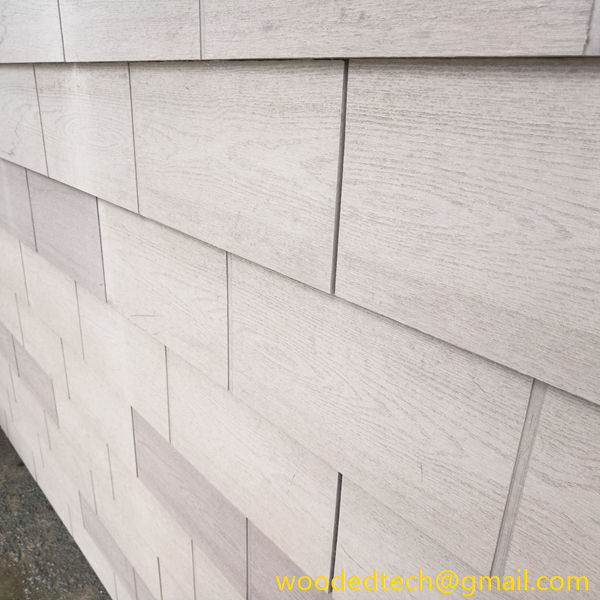
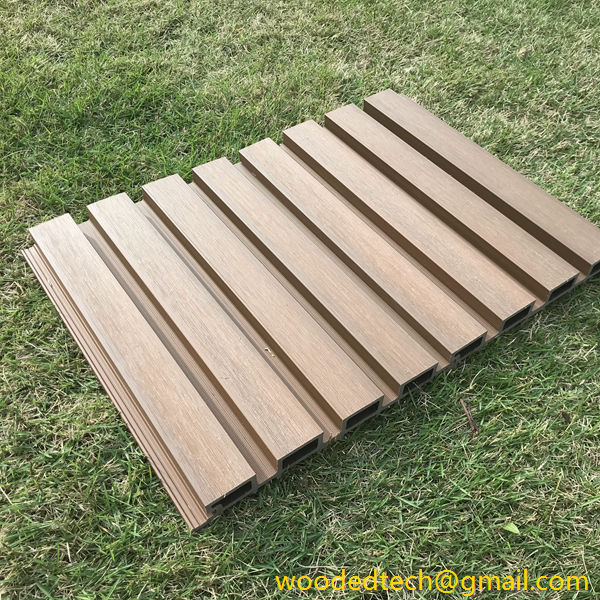
and-application-pictures-3-768x768.jpg)